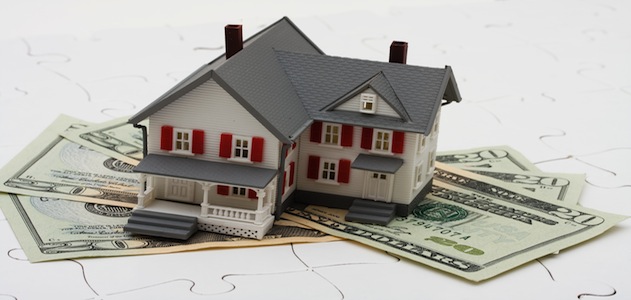Although rising home prices have pushed many homeowners out of negative equity, escalating values are not a panacea for all distressed borrowers.
A growing percentage of borrowers are now entering foreclosure with positive equity in their homes, a new report from Fitch Ratings claims.
According to the study, the percentage of borrowers entering this process with equity has roughly doubled in the last two years.
While equity continues to play a significant role in borrower payment behavior, income and the ability-to-pay also remain key factors.
In September 2013, RealtyTrac discovered that 24% of all homeowners who are in some stage of foreclosure have at least some positive equity built up. By December 2013, that number continued to rise and 31% of people in the foreclosure process were struggling despite the presence of positive equity.
"One of the things that stood out is that the percentage of homeowners in foreclosure who have positive equity is increasing," said Daren Blomquist, vice president at RealtyTrac. "That was even more surprising because that equity is a lifeline that homeowners can use to avoid foreclosure."
Many of the borrowers with equity are unable to sell their properties because the proceeds of the sale would not be enough to cover the mortgage amount, the closing costs and the backlog of missed payments.
"Loans entering foreclosure today have missed roughly two years of payments on average, more than double the pre-crisis, long term average," Fitch Ratings said.
Another factor is that the composition of borrowers entering foreclosure is changing. The percentage of loans entering foreclosure, which had been cash-out refinance at origination increased steadily since 2008, and now account for 50% of the total.
Due to today’s tighter loan underwriting and origination guidelines, borrowers are unable to tap the equity in their homes to cover expenses.
"Also, the loan-to-value and cash-out dollar limits are significantly lower than what was available during peak-vintage years and, despite the improved equity situation, few of these delinquent borrowers could materially benefit from further cash-out refinancings," Fitch Ratings said.
Approximately half of all loans that recently entered foreclosure have been unsuccessful in at least one prior loan modification. In addition, the percentage of loans entering foreclosure that had been underwritten to subprime guidelines is increasing.
Fitch Ratings did emphasize that there is a chance some portion of borrowers currently in the foreclosure process obtained additional and/or secondary financing subsequent to the origination of their first liens, which could be factoring into their ability to pay.
"I think it is hard to know if this is a glass half full or glass half empty type thing. These are homeowners who now have a lifeline to avoid foreclosure. But the other side of the coin is just that equity is not enough to prevent foreclosure," Blomquist said.
"I think the real question is are these homeowners that just do not know or are they homeowners that are in such a tough situation even equity is not going to help them avoid it," he explained.





